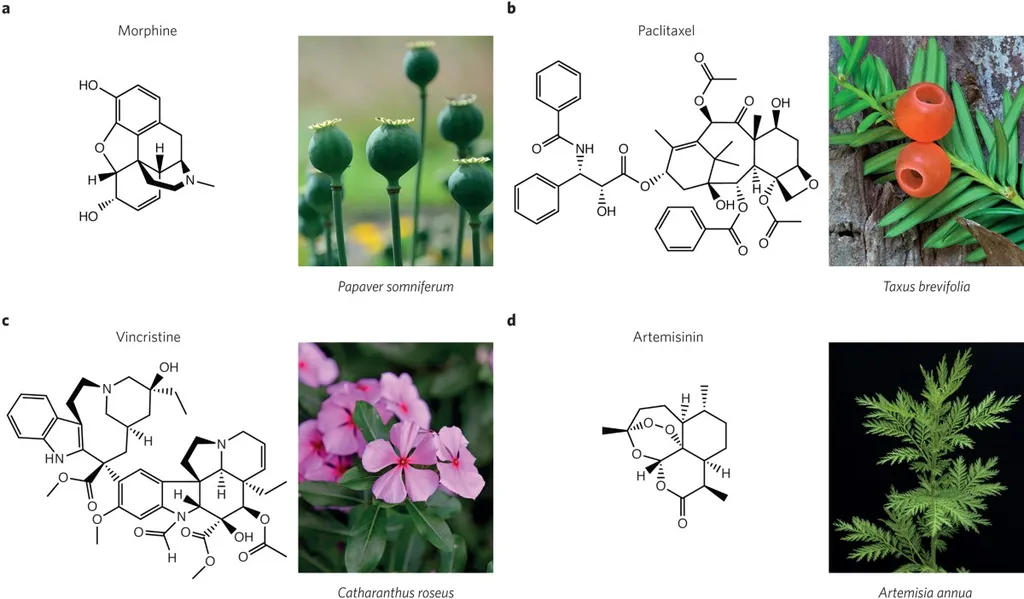In the arid landscapes of China, a traditional post-harvest processing technique is revealing its secrets, thanks to modern science. The “rubbing-sweating” method, used for centuries to process Codonopsis pilosula, a medicinal root known as Codonopsis Radix, has been found to significantly enhance the plant’s bioactive compounds. This discovery, published in *Frontiers in Plant Science* (translated as “Plant Science Frontiers”), could have profound implications for the medicinal plant industry and beyond.
Dr. Wei Liang, from the State Key Laboratory of Arid Land Crop Science at Gansu Agricultural University, led the research that sheds light on the molecular mechanisms behind this traditional technique. The study compared the effects of rubbing-sweating drying (RD) with shade drying (SD) on the accumulation of bioactive compounds in Codonopsis pilosula. The results were striking. After just six days, RD increased the content of lobetyolin, a key bioactive compound, by 15.3% compared to fresh controls and 9.7% compared to shade-dried samples. Polysaccharides, another valuable component, reached 19.5% in RD samples, nearly double the 10.6% found in fresh controls.
But what makes this study particularly groundbreaking is its exploration of the underlying molecular processes. Transcriptome sequencing revealed that RD activates stress-responsive pathways, including MAPK signaling, hormone transduction, and aromatic amino acid biosynthesis. “We hypothesized that rubbing-sweating imposes stronger abiotic stress than shade drying, thereby activating stress-responsive pathways and enhancing the accumulation of bioactive constituents,” Dr. Liang explained. The data supported this hypothesis, showing a significant increase in antioxidant enzyme activity, with catalase levels elevated by 235% compared to fresh controls.
The implications of this research are far-reaching. For the medicinal plant industry, understanding and optimizing post-harvest processing techniques could lead to higher-quality products and increased commercial value. “This work provides the first transcriptomic evidence for the molecular basis of this traditional technique,” Dr. Liang noted, offering new insights for optimizing and modernizing post-harvest processing.
Beyond the immediate applications, this study highlights the potential of integrating traditional knowledge with modern science. By uncovering the molecular mechanisms behind age-old techniques, researchers can develop more effective and sustainable practices. This could pave the way for innovations in agriculture, food processing, and even the energy sector, where plant-based materials are increasingly being explored for bioenergy applications.
As the world seeks sustainable solutions to global challenges, the fusion of tradition and technology offers a promising path forward. Dr. Liang’s research is a testament to the power of this approach, demonstrating how ancient wisdom, when combined with cutting-edge science, can yield remarkable results. In the words of Dr. Liang, “This work offers new insights for optimizing and modernizing post-harvest processing, which could have significant commercial impacts.” The future of agriculture and medicinal plant processing looks brighter, thanks to the rubbing-sweating technique and the dedicated researchers who are uncovering its secrets.

